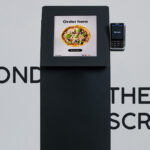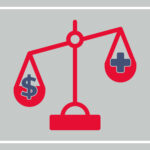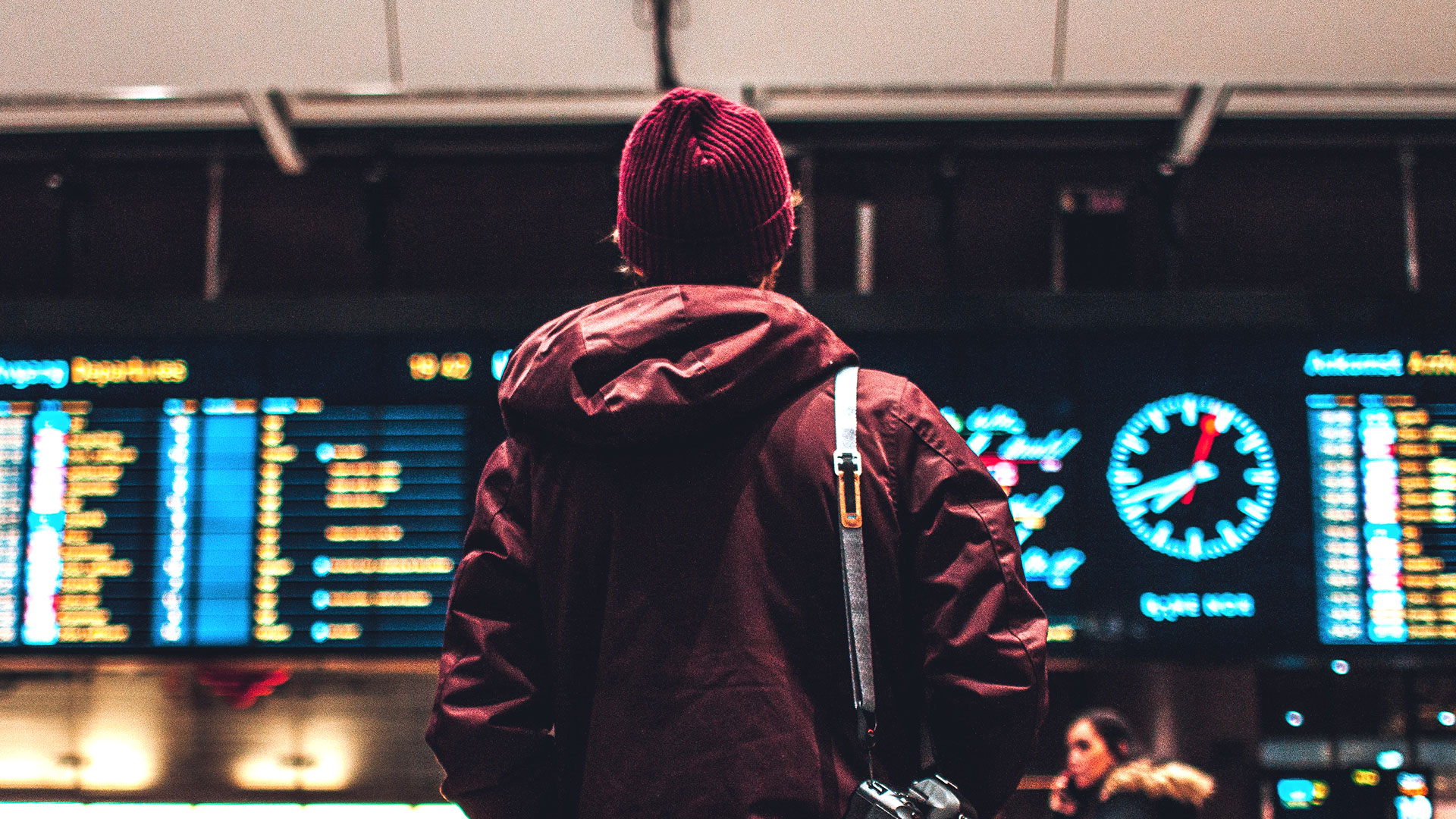Published by
Editor’s Note: At the start of the pandemic, many were optimistic that within a few months, life would return to normal and the demand for air travel would gradually return to what it had previously been. More recently, it’s becoming apparent that the coronavirus pandemic is taking more of a toll on the economy than anticipated, and those in the airport industry are coming to terms with two facts: pre-pandemic levels of demand won’t be coming back for quite a while, and when they do, passenger expectations will be vastly different. Dallas-based Bottle Rocket, which offers end-to-end experience consulting services, has done extensive work with many media, hospitality, retail and restaurant businesses to drive growth and enhance the user experience. Peter Klayman, director of business strategy, spoke with AXN’s Shafer Ross to discuss what tomorrow’s traveler will be looking for in the airport experience.
ROSS: When do you think this country will start returning to air travel?
KLAYMAN: I think you’re looking at a minimum of a year, if not longer. I don’t know how much you can do to influence short-term behavior right now, unless you make it unbelievably easy to engage. What I mean by that is, [the approach of] “I don’t want to talk to anybody, I’m not going to go to the airport early, I’m not going to get anywhere close to anybody, I’m not going to put myself in any risk state that’s unworthy of the risk.” So, a lot of the elements in the core shopping journey that used to occur in the airport are no longer seen as worthwhile.
Those high-value shopping journeys are no longer going to be present, the heavily staffed areas are no longer necessities. The elements of human experience are going to be very much remote and distanced. There’s no longer that intimacy that you get when you work with a person to help you through your shopping journey, because it makes people uncomfortable when they’re too close to [other] people. They’re already in a high-stress situation.
So, I think in the short-term, the more that you can do to make it grab and go, the more that you can do to make it contactless… the better. Because you’re really just scraping the bottom of the bucket at this point. There’s no growth state here; this is a survival state in the short term.
Longer term, a lot of those buying trends will consistently develop. Unfortunately, I think that positions a lot of small retailers in a really negative place, because they can’t afford the consistent level of capital investment required to facilitate the desired techie buyer’s journey. I really don’t want to download more than the [airline’s] app… but if you could [get past that], there’s an opportunity to create a platform, which is to say, every entity within your unit might have access to that marketplace and use that accordingly. You have to create new marketplaces, because the demand for the traditional will be lower, and that will likely persist for quite a while.
ROSS: Do you think it’s realistic to expect passenger numbers to bounce back once a vaccine has been released? Are there any other factors that might keep people from coming back immediately?
KLAYMAN: We’re already starting to see that customer confidence in buying is dropping month-over-month. I think that the realities of the pandemic are starting to hit people. For a while, we were in “fake money land ” – when people were making more money from unemployment in the United States than they were from their previous job, so the true effect of the pandemic was not yet felt at a consumer level. But now a lot of that has expired, there are huge layoffs coming, all those furloughs are turning into permanent, full-time firings, and the consumer confidence is starting to hit a dent. This is a new moment in the lifecycle. I think a lot of people are like, “Okay, we’ve been through six months of pandemic.” No. We’ve been through six months of an artificial situation within the pandemic. Here comes the next phase, and this phase is going to be rougher than the first one, not easier. There’s a huge variance between how the average voter sees the virus, sees travel and sees the level of risk. The level of risk is, like, one in 4,600 if you fly with someone next to you and one in 8,900 if you fly with an empty seat. That’s pretty high odds of getting COVID when you consider the fact that you have a one in 34 million chance of dying in a plane crash. Nowhere near the same risk profile, but it’s all about how one perceives risk and how one perceives opportunity. Humans aren’t statistical, and they’re not risk-profile oriented, so we’re starting to get into a state where people are like, “I still need a summer vacation in 2020. I still need these things.” It’s caution fatigue. So, caution fatigue presents some opportunities in that people may still fly.
ROSS: How can operators best capitalize on that returning passenger?
KLAYMAN: My journey is almost entirely digital, and I evaluate the efficacy and quality of my product selection through that entire journey lens; not through the service delivery of, “Were you on time, [and] was the plane clean?” The stakes are much higher. I need to be at the same level of satisfaction across my entire journey, not just in that one moment of service delivery. Also, remember that at this moment, those customers that are traveling represent the extremes on the bell curve. So, don’t inform your strategies today based on those you see today, inform your strategies on the majority you intend to serve in the future. The majority you intend to serve in the future is not flying right now. [They] have started to build their own expectations of what their shopping journey should be based on their experience with Amazon – which is what we’re all ordering from right now – and from their experience with UberEats – which we’re all ordering from right now. Airport operators are not competing against other airport operators, they’re competing against Amazon. So, if you were to ask me what the expectations are, look at what people’s expectations are outside the airport. How do people interact with QSRs now? Curbside and digital. Go look at Chipotle, go look at what Chick-fil-A is doing, at what Panera is doing. Those are the firms that are driving the net new expectations that must be fulfilled even at the airport level. It’s going to be cashless, it’s going to be easy to check out, you’re going to have to install safety precautions, you’re going to have to make it as simple as possible to get in and out. The ways that consumers are interacting with retail are changing and, unfortunately, small units without scale can’t invest the appropriate amount of dollars consistently to be competitive.
Share:
Categories
tags
Related Posts


The Great Big Budget Cut: Prioritization


